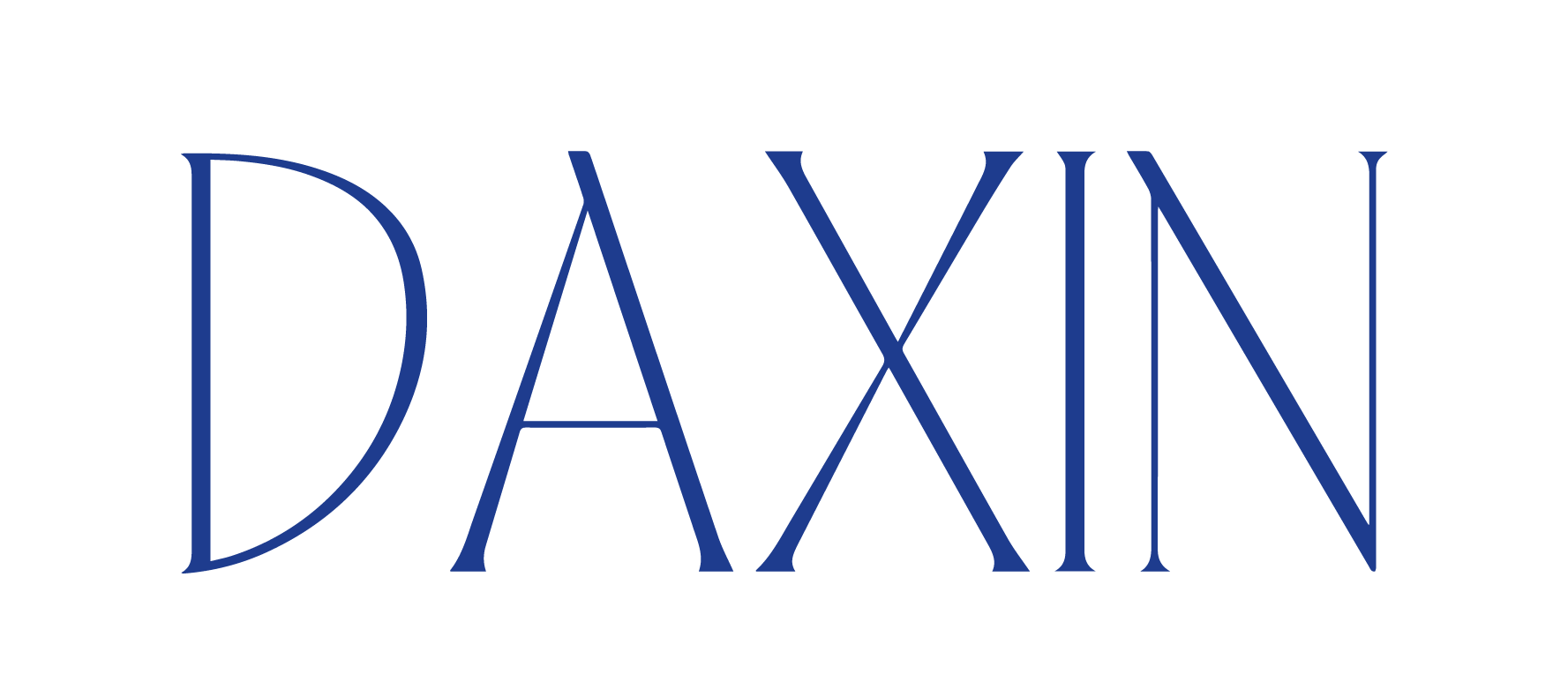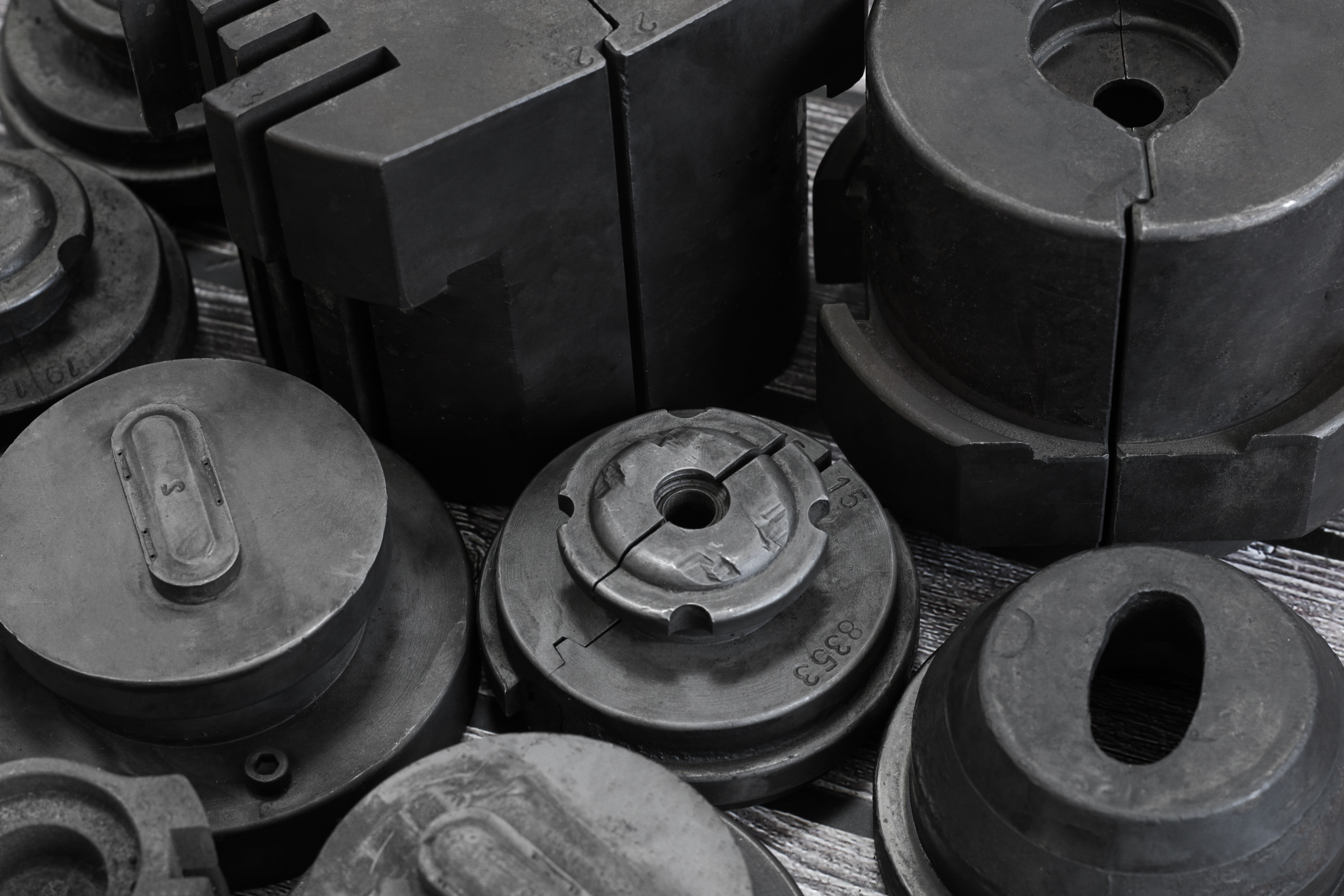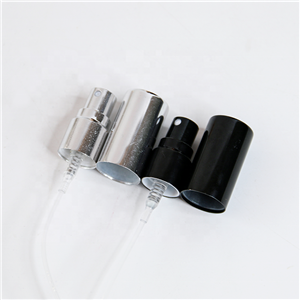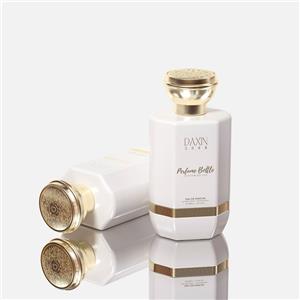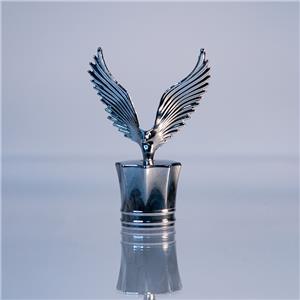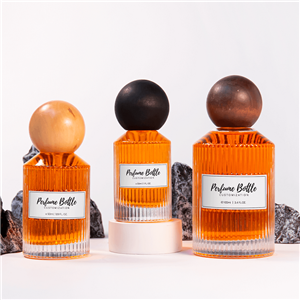Design Perfume Bottle Case
The Professional Glass Bottle Design and Production Process
Designing and manufacturing high-quality glass bottles is a meticulous and collaborative process that combines creativity, precision, and technology. This article provides an in-depth look at the professional glass bottle production process, starting from mold creation to client approval, and concluding with mass production.
1. Initial Concept and Design
The journey begins with understanding the client's requirements and vision. During this stage, we collaborate closely with the client to translate their ideas into a tangible design. Key factors considered include:
Functionality: Ensuring the bottle serves its intended purpose, such as containing perfumes, essential oils, or other liquids.
Aesthetics: Creating a visually appealing design that aligns with the client's brand identity.
Capacity and Dimensions: Finalizing the size, volume, and shape specifications based on client needs and industry standards.
Once the initial design concept is agreed upon, our design team uses advanced 3D modeling software to create detailed renderings of the bottle. These renderings help visualize the final product and allow the client to suggest modifications before proceeding further.
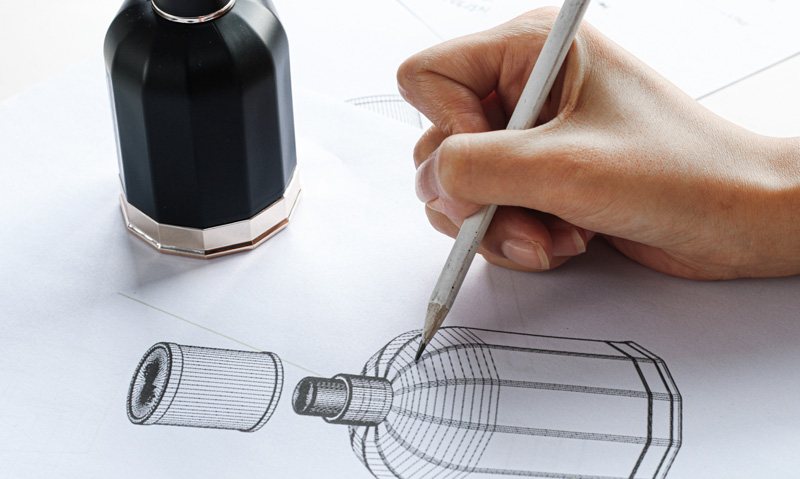
2. Prototype and Mold Creation
a. Prototype Development
After finalizing the 3D design, we create a physical prototype using 3D printing or other rapid prototyping technologies. This prototype enables the client to assess the product's look, feel, and functionality in real life.
b. Mold Creation
Once the prototype is approved, we proceed to create molds. The mold-making process involves:
Material Selection: Using high-quality steel or aluminum to ensure durability and precision.
Precision Engineering: CNC machines and skilled technicians ensure every detail of the mold matches the approved design.
Testing and Adjustments: The mold undergoes trial runs to identify and rectify potential issues such as uneven thickness or imperfections.
3. Client Approval
Before mass production begins, we produce a small batch of sample bottles using the final mold. These samples undergo rigorous quality checks for:
Dimensional Accuracy: Ensuring the bottle matches the specified measurements.
Visual Appeal: Checking for clarity, smoothness, and consistent color (if applicable).
Functional Tests: Ensuring the bottle meets performance standards, such as leak resistance and durability.
The samples are then sent to the client for approval. Any feedback or requested modifications are incorporated to ensure the final product meets expectations.
4. Mass Production
Once the client approves the samples, mass production begins. This stage involves several key steps:
a. Raw Material Preparation
We use premium-quality silica sand, soda ash, and limestone as the primary ingredients. These materials are carefully measured and mixed to ensure consistency in the final product.
b. Melting
The raw materials are melted in a furnace at temperatures exceeding 1,500°C. The molten glass is carefully monitored to maintain the required viscosity and purity.
c. Forming
The molten glass is fed into the molds through automated machines. Advanced forming techniques such as blow-and-blow or press-and-blow are used, depending on the bottle's design and function.
d. Annealing
After forming, the bottles are cooled gradually in an annealing oven to relieve internal stresses. This process ensures the bottles are strong and less prone to breaking.
e. Surface Treatment
To enhance durability and visual appeal, the bottles may undergo surface treatments, such as frosting, coating, or polishing.
f. Quality Control
Each bottle is inspected for defects such as cracks, bubbles, or uneven surfaces. Bottles that do not meet our high standards are recycled, ensuring zero waste.
5. Customization and Decoration
Many clients require additional customization to align the bottles with their brand. Common decoration techniques include:
Screen Printing: Adding logos, labels, or patterns directly onto the glass surface.
Color Spraying: Applying unique colors or gradients.
Hot Stamping: Creating metallic or embossed effects for a premium look.
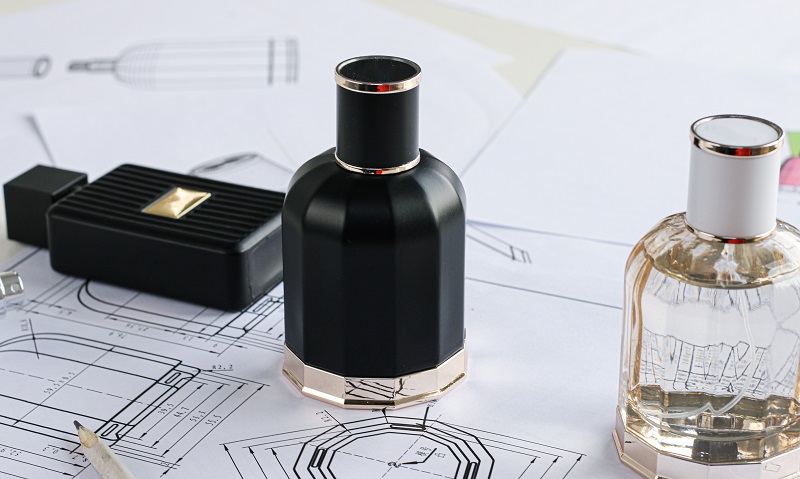
6. Packaging and Delivery
The final stage is packaging and delivery. We use protective materials such as dividers and foam inserts to ensure the bottles are safely transported. Packaging is customized to meet client requirements, whether for retail or bulk distribution.
Conclusion
The process of designing and producing glass bottles is both an art and a science. From concept to mass production, each stage involves close collaboration, attention to detail, and cutting-edge technology. By maintaining high standards of quality and customization, we ensure that every bottle not only meets but exceeds client expectations, enhancing their brand’s image and market appeal.
This professional approach has earned us a reputation for excellence in the glass bottle industry, and we are committed to delivering unparalleled products and services to our clients worldwide.
